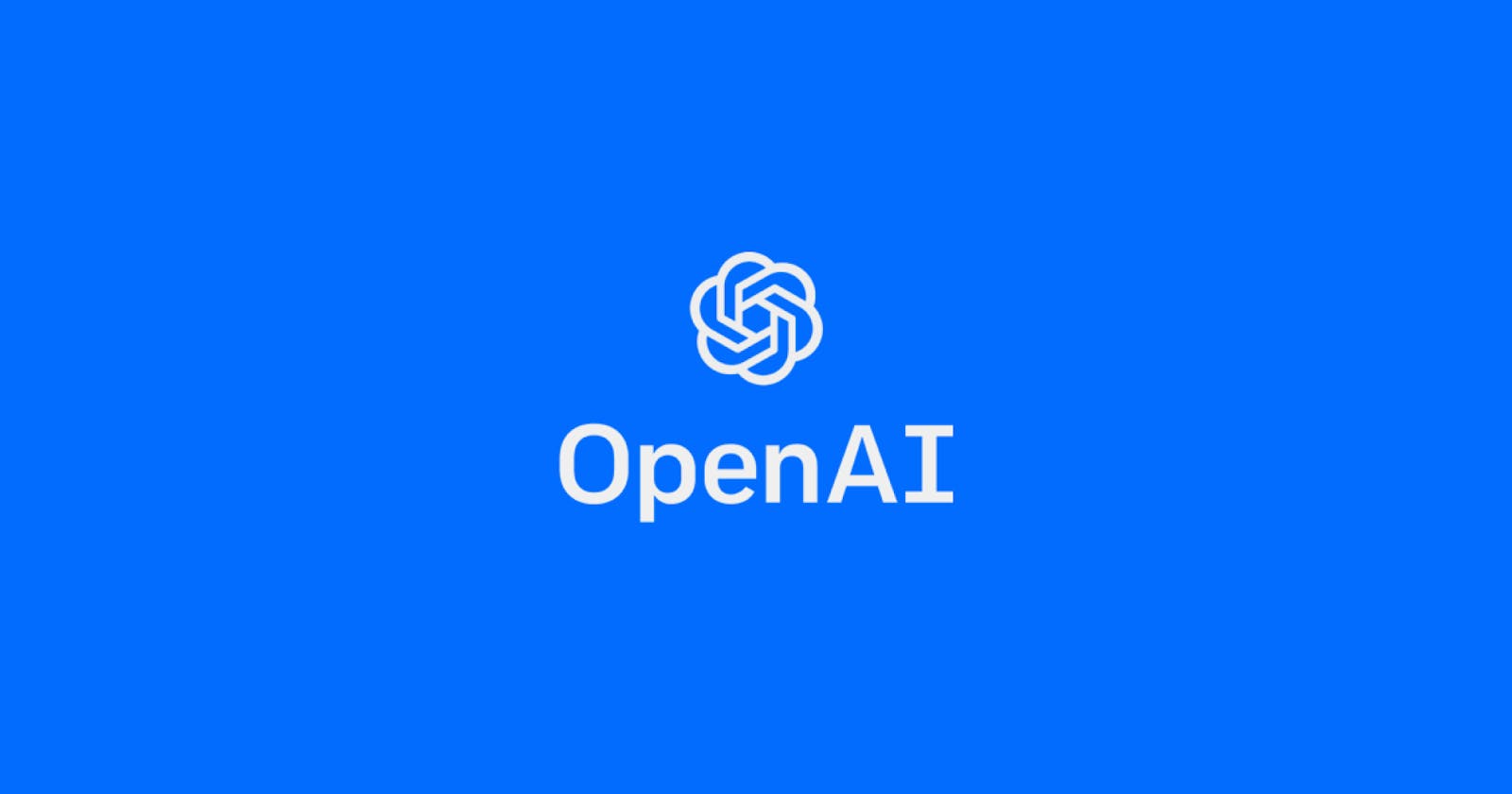Introduction
Conversational AI has come a long way since its inception. From the early days of simple chatbots that could only respond to specific commands, to the current state-of-the-art models that can carry on human-like conversations, there has been a tremendous improvement in the capabilities of conversational AI. And the upcoming release of Chat GPT-4 promises to take this progress even further.
Chat GPT-4 is the latest iteration of the GPT (Generative Pretrained Transformer) series, developed by OpenAI. It is expected to be the largest and most powerful language model ever created, with an estimated 10 trillion parameters, compared to its predecessor, GPT-3, which has 175 billion parameters.
So, what does this mean for the future of conversational AI, and how will Chat GPT-4 differ from its predecessors?
Improved Natural Language Processing
One of the primary strengths of GPT models is their ability to process natural language and generate responses that are both coherent and contextually appropriate. With its significantly larger parameter count, Chat GPT-4 will likely be able to improve upon this already impressive capability.
Specifically, it is expected to have a better understanding of nuances in language, such as idioms, sarcasm, and cultural references, which can be challenging even for humans to understand. This will allow Chat GPT-4 to generate more nuanced and human-like responses, making conversations with AI even more seamless and natural.
More Accurate Responses
GPT models have already shown impressive accuracy in generating responses to a wide variety of prompts, from simple questions to complex conversations. However, Chat GPT-4 is expected to improve upon this accuracy even further.
With its massive parameter count, Chat GPT-4 will have access to more data and more complex patterns, allowing it to generate more accurate and precise responses. This could be particularly valuable in contexts such as customer service, where accuracy and precision are critical.
Faster Response Times
Another potential benefit of Chat GPT-4's massive parameter count is faster response times. With more parameters, the model can perform computations more quickly, allowing it to generate responses in real-time.
This could be especially valuable in scenarios where quick and accurate responses are critical, such as in healthcare or emergency response contexts. Faster response times could also make conversations with AI feel more natural, as users won't have to wait as long for responses.
Better Multilingual Capabilities
One of the most significant challenges in conversational AI is developing models that can understand and generate responses in multiple languages. While GPT-3 has shown some ability to do this, Chat GPT-4 is expected to take multilingual capabilities to the next level.
With its larger parameter count, Chat GPT-4 will have access to more data in more languages, allowing it to better understand the nuances of different languages and generate more accurate responses. This could be particularly valuable in global contexts, where multilingual conversations are common.
Potential Use Cases for Chat GPT-4
So, what are some potential use cases for Chat GPT-4? Here are a few examples:
Customer service: Chat GPT-4 could be used to create virtual assistants that can quickly and accurately respond to customer inquiries and resolve issues.
Healthcare: Chat GPT-4 could be used to develop virtual nurses or assistants that can help patients with basic medical questions and provide guidance on treatments.
Education: Chat GPT-4 could be used to develop virtual tutors or teaching assistants that can help students with their homework or provide personalized feedback on their work.
Personal assistants: Chat GPT-4 could be used to create virtual personal assistants that can help with tasks such as scheduling appointments, making reservations, and answering.
